While the Nvidia GeForce RTX 5090 sits comfortably at the top of the graphics card market, its $1,999+ price tag is out of reach for most. Fortunately, you don't need to spend a fortune to enjoy 4K gaming. Both the Nvidia GeForce RTX 5070 Ti and the AMD Radeon RX 9070 XT offer more budget-friendly options while still delivering an impressive 4K gaming experience.
Despite the current high prices due to heightened demand and limited supply post-launch, the RTX 5070 Ti and RX 9070 XT are the ideal choices for those seeking a high-end gaming experience without breaking the bank.
AMD Radeon RX 9070 XT – Photos
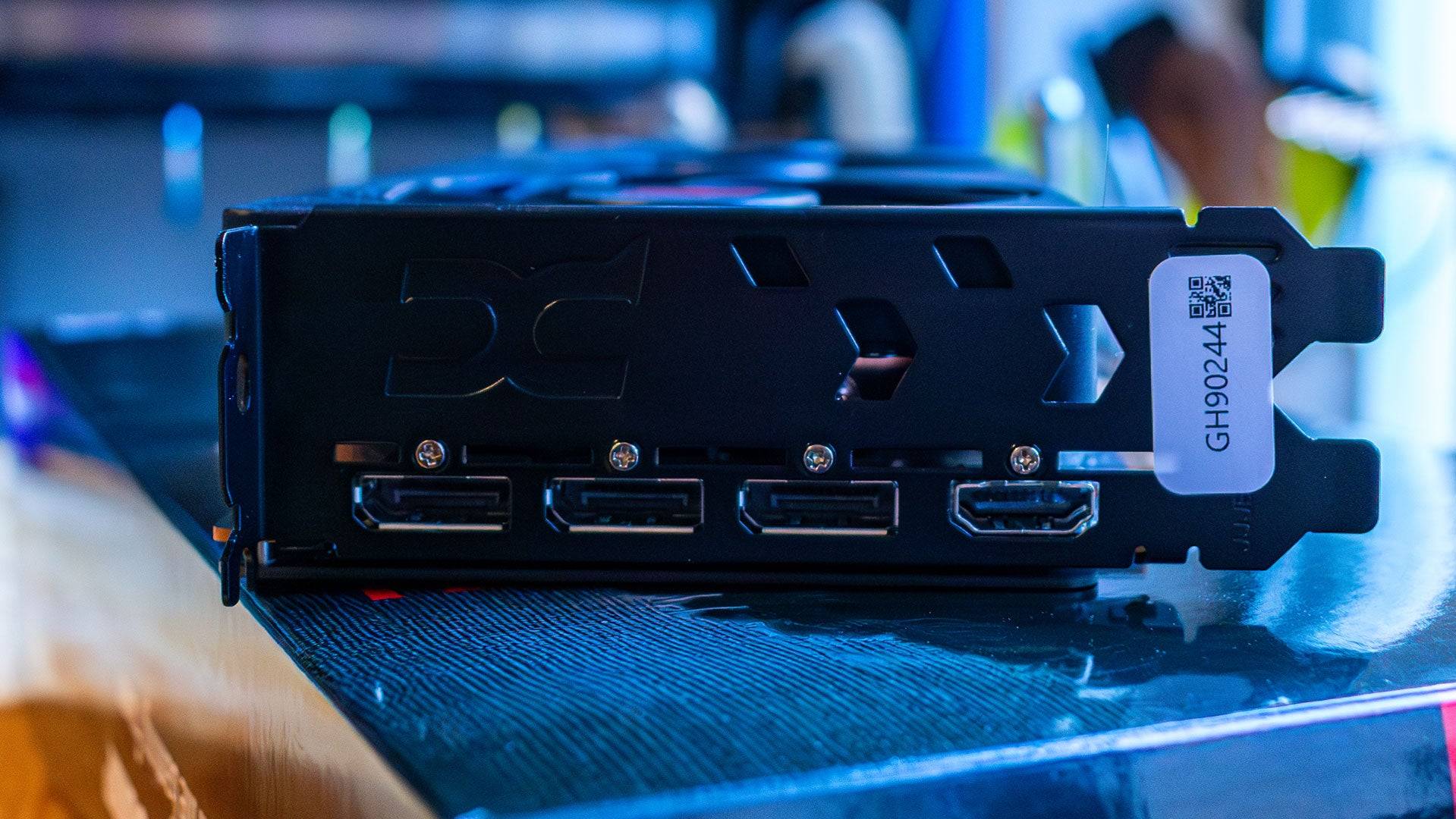
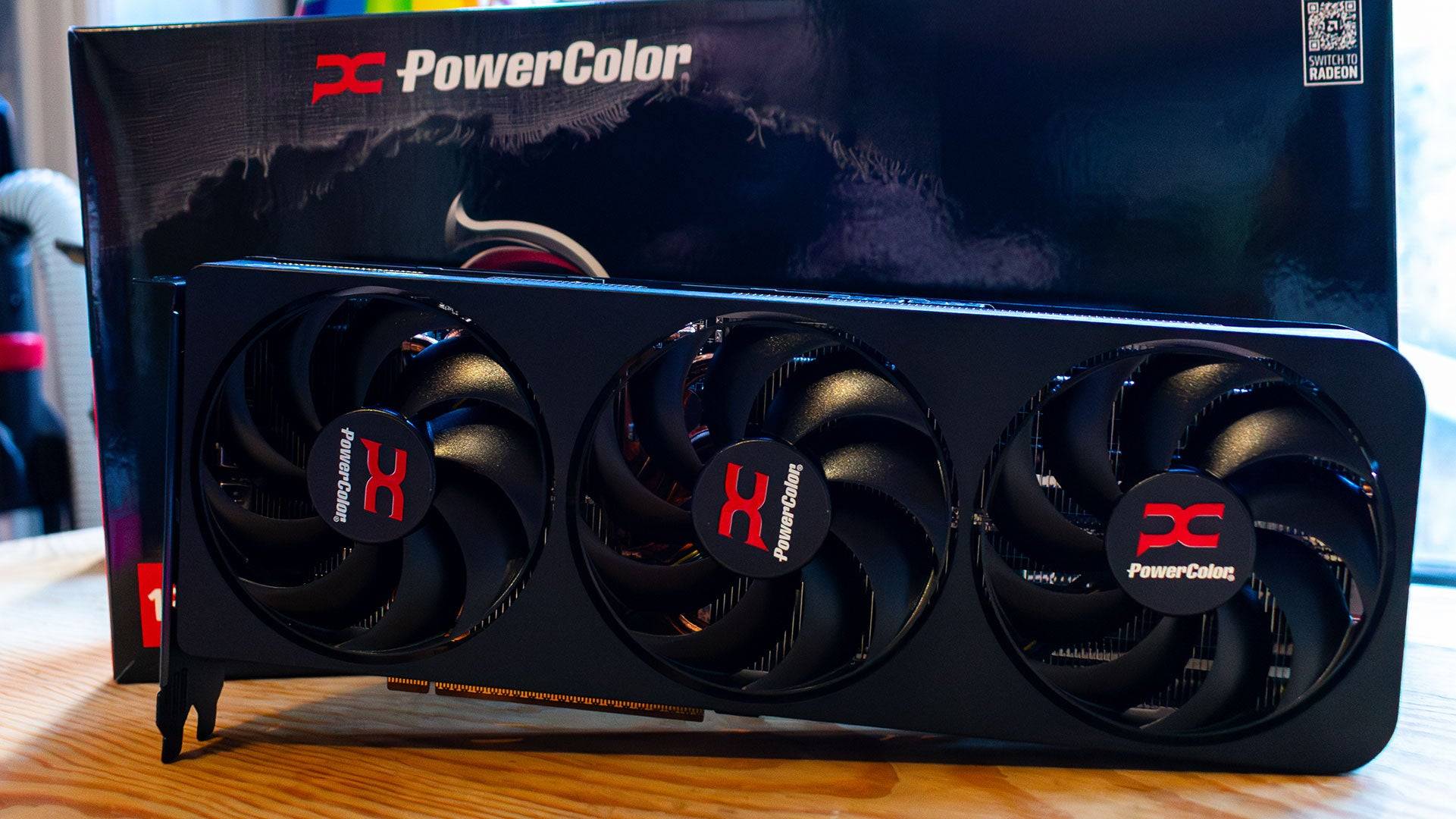 4 Images
4 Images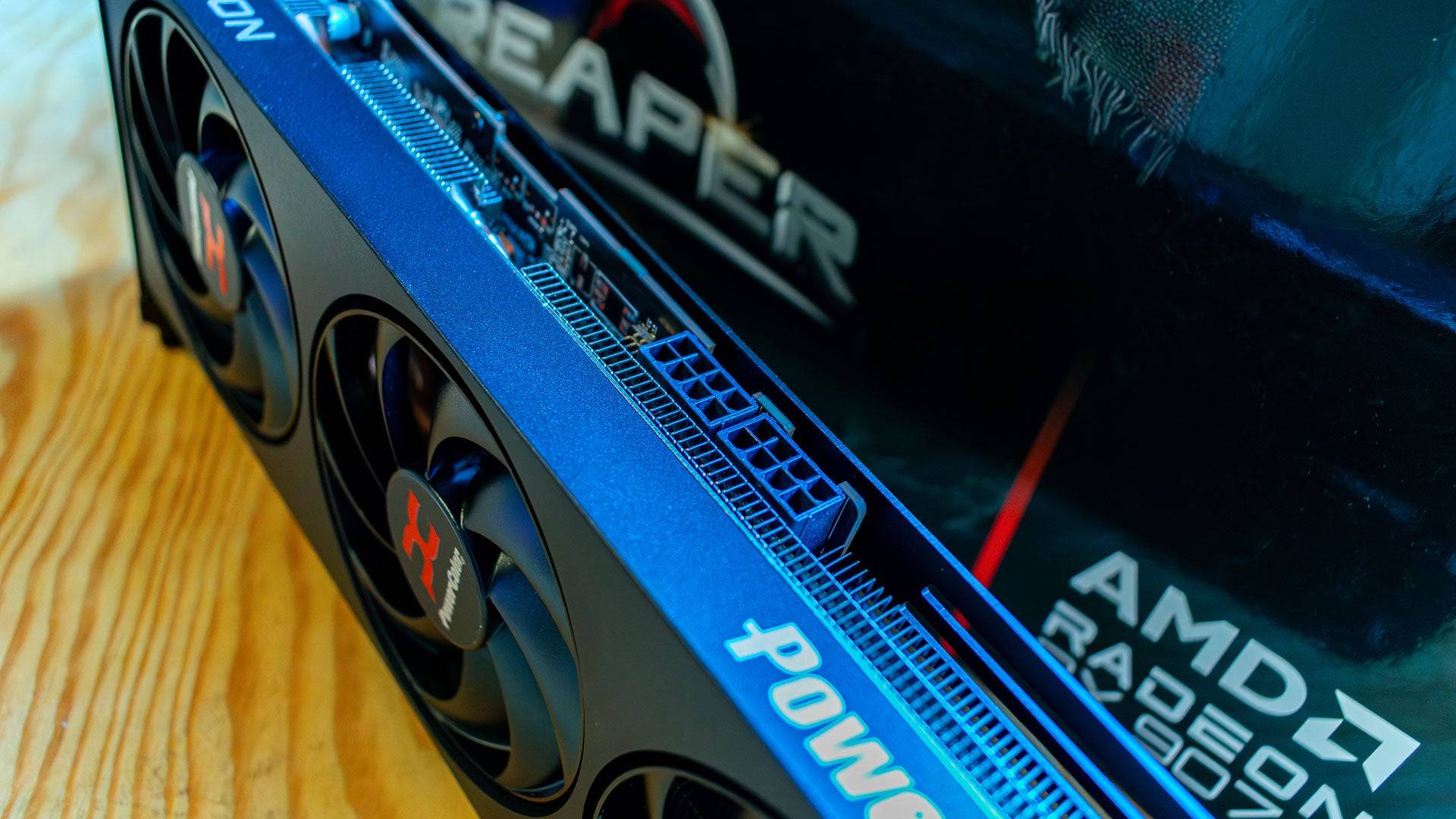
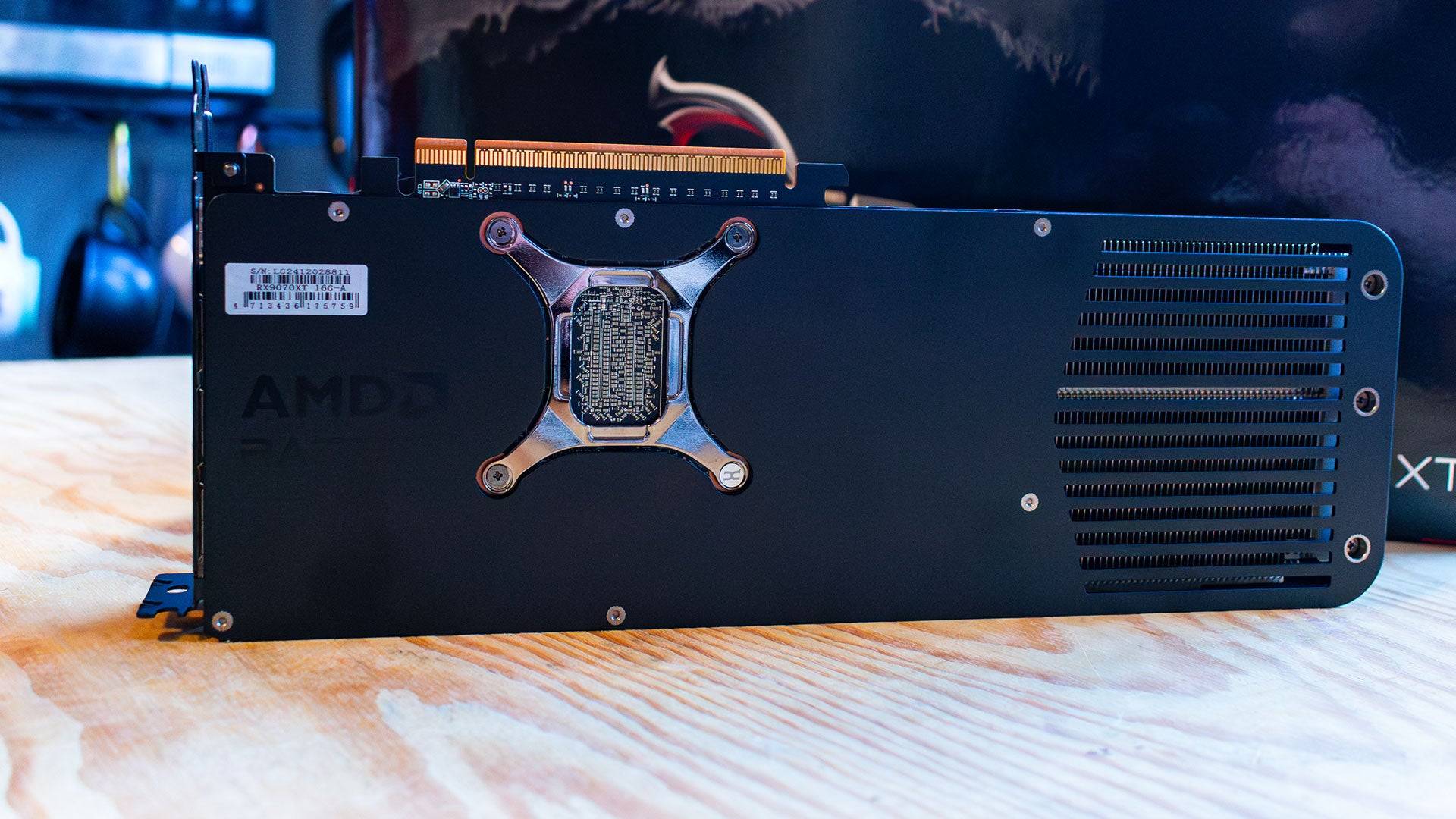
RTX 5070 Ti vs. RX 9070 XT: Specs
Comparing graphics cards with different architectures can be complex. Nvidia’s CUDA cores and AMD’s Shading Units serve similar functions but are distinct enough that direct comparisons based on quantity alone are misleading.
The AMD Radeon RX 9070 XT boasts 64 RDNA 4 compute units, each with 64 shader units, totaling 4,096. Each compute unit also includes two AI Accelerators and one RT Accelerator, resulting in 128 and 64, respectively. Coupled with 16GB of GDDR6 memory on a 256-bit bus, this setup is well-suited for modern games, though it may be pushed to its limits at 4K in the future.
On the other hand, the Nvidia GeForce RTX 5070 Ti comes with 16GB of the faster GDDR7 memory on a 256-bit bus, providing higher bandwidth. It features 70 Streaming Multiprocessors with a total of 8,960 CUDA Cores, which is double the Shader Units per Compute Unit. However, this does not translate to double the performance.
Winner: Nvidia GeForce RTX 5070 Ti
AMD Radeon RX 9070 XT & 9070 – Benchmarks
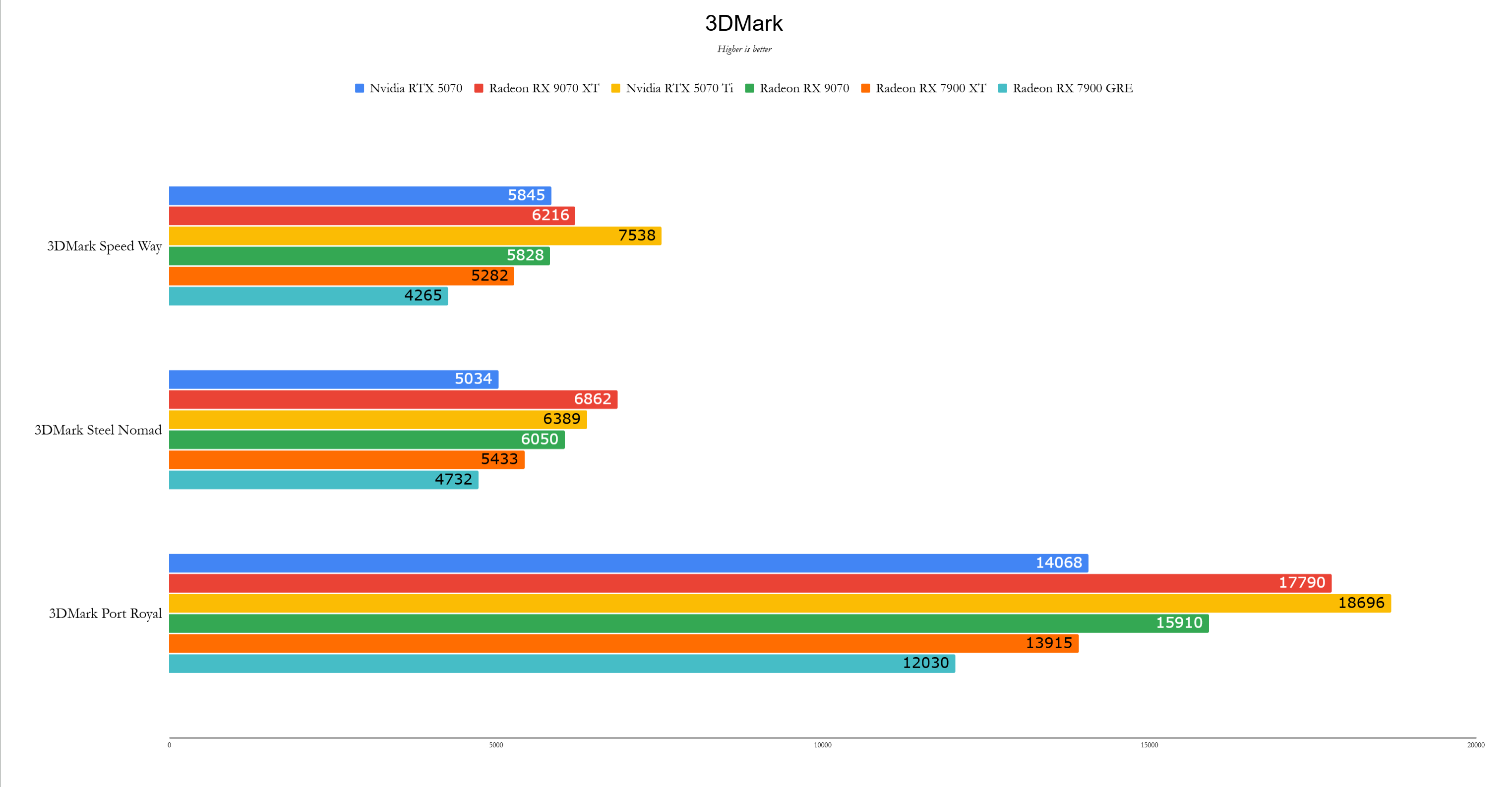
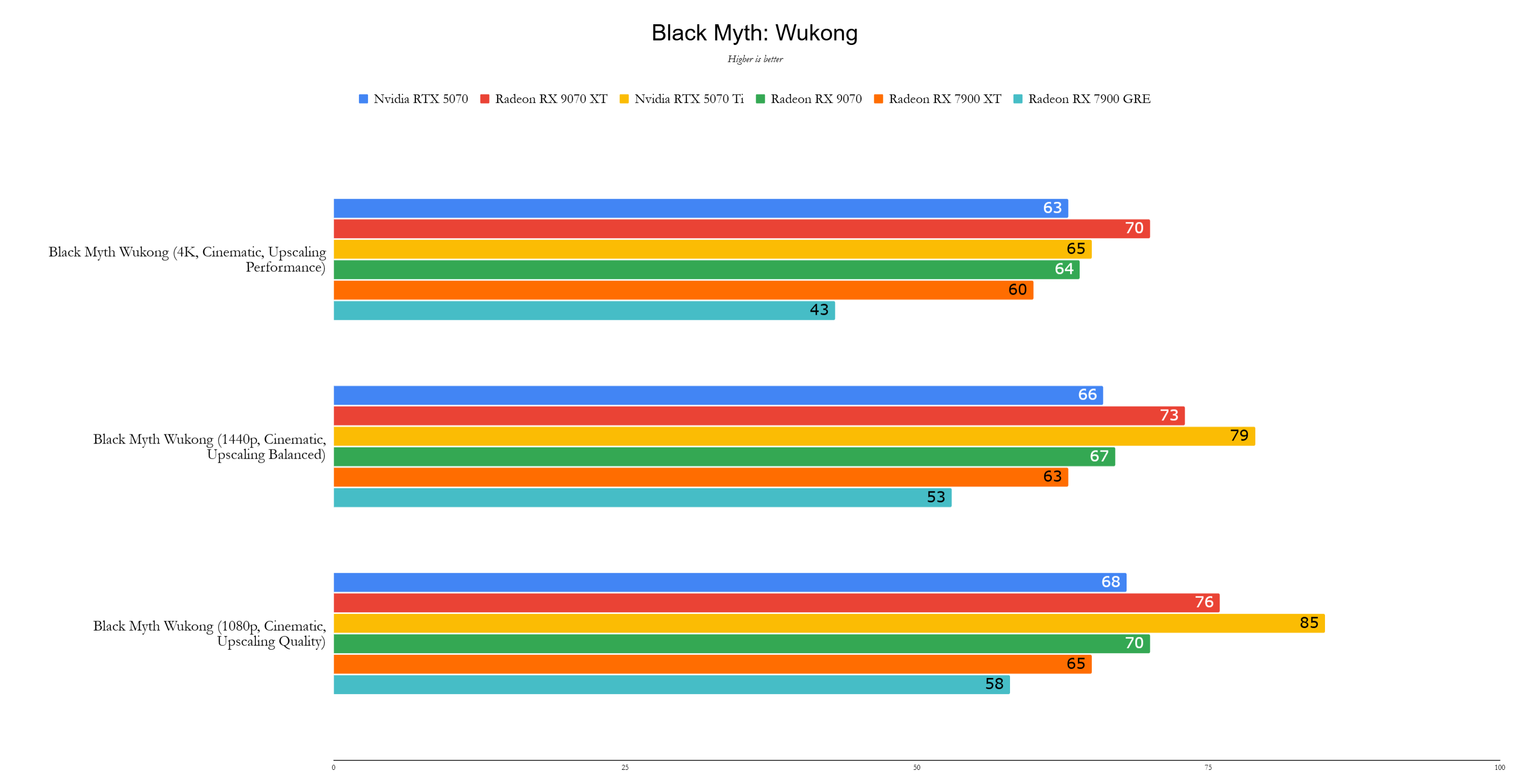 11 Images
11 Images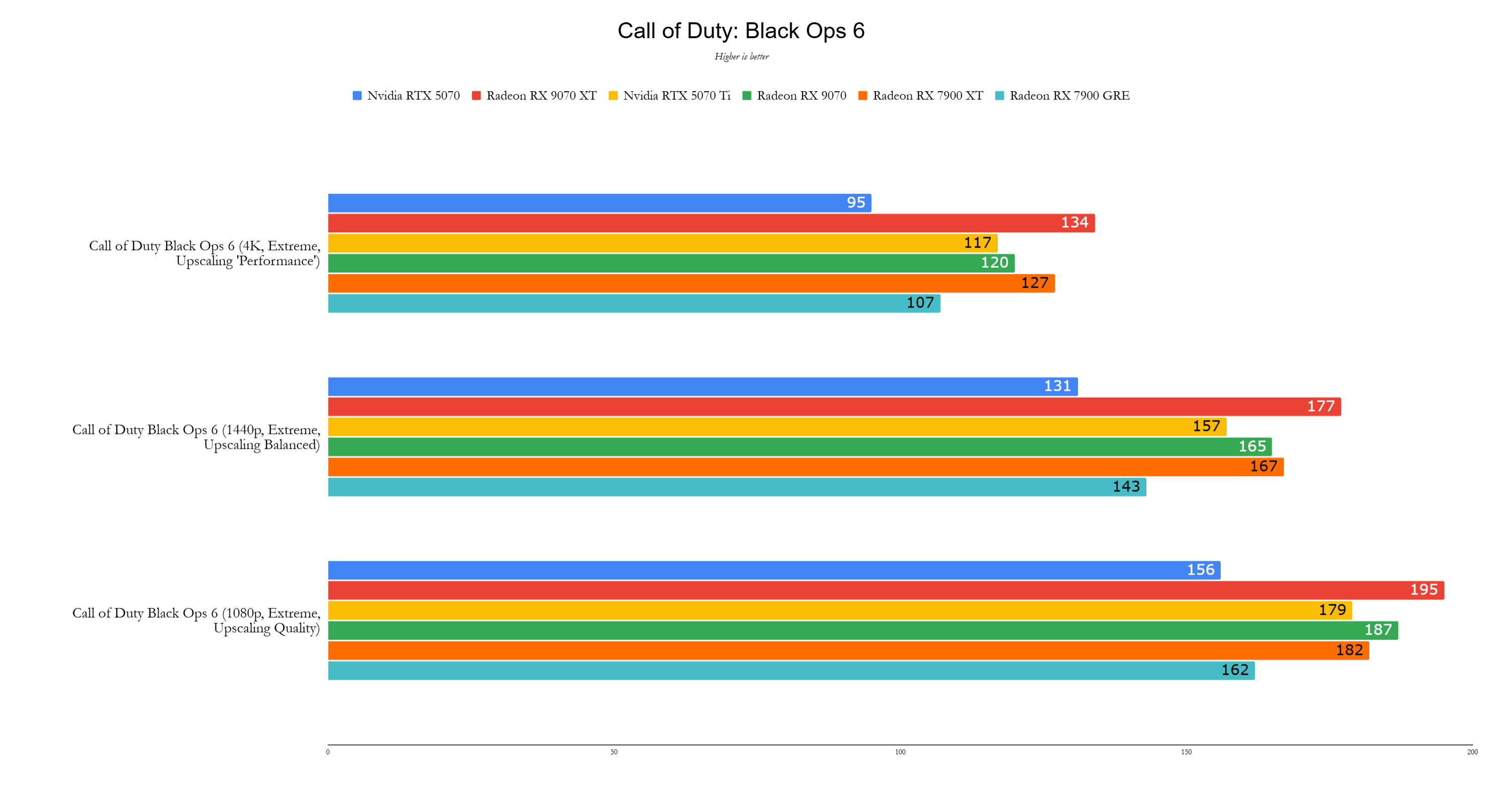
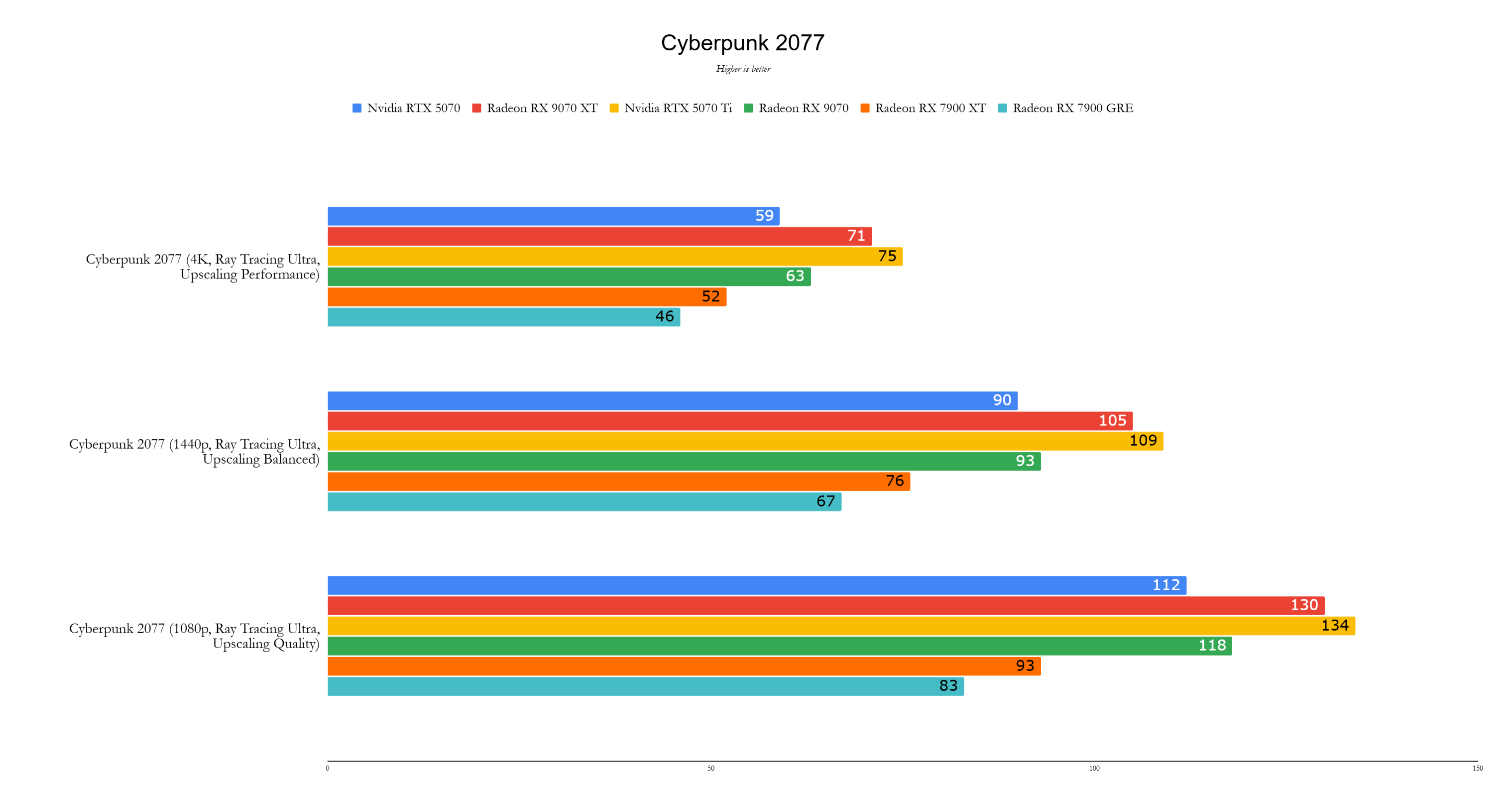
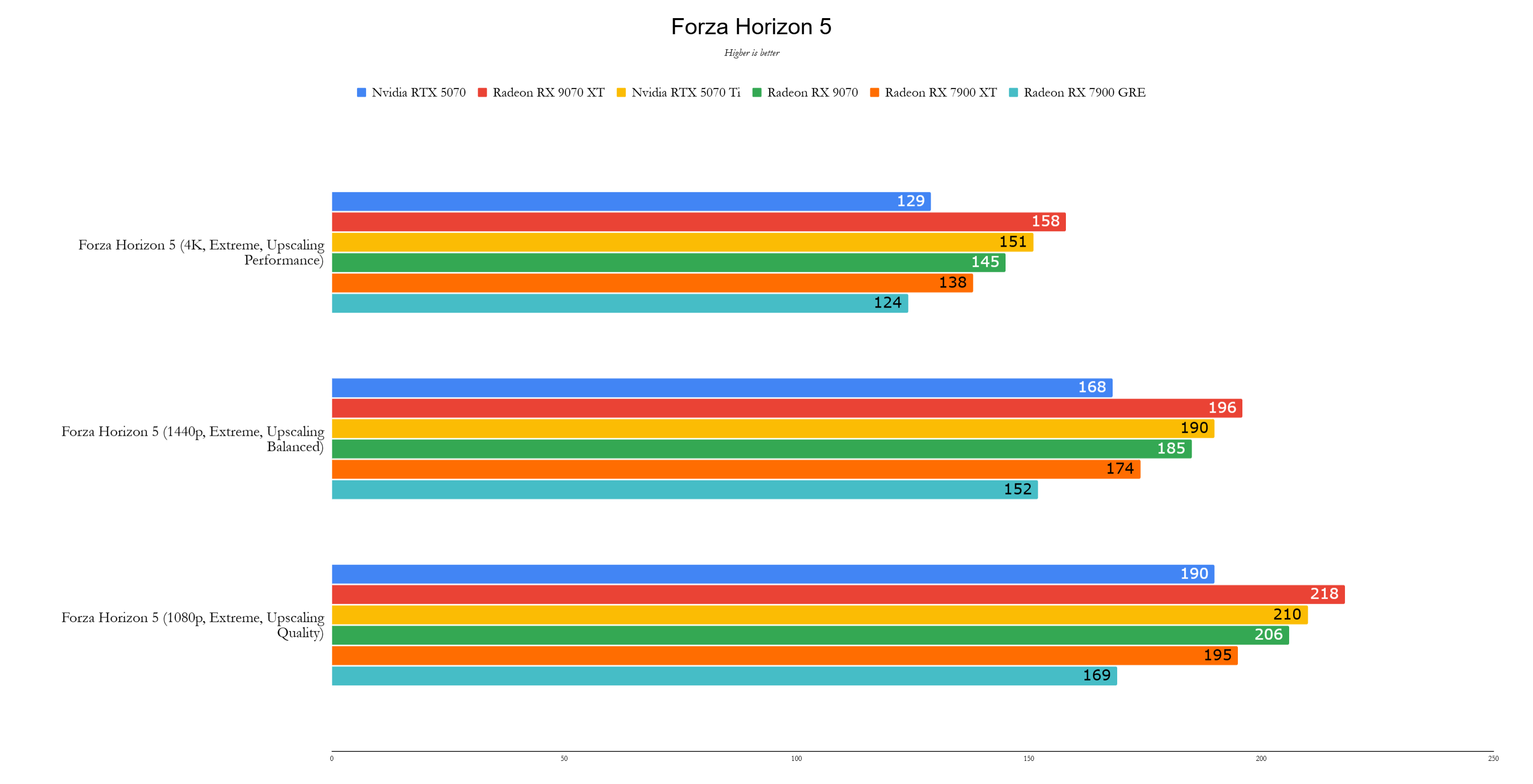
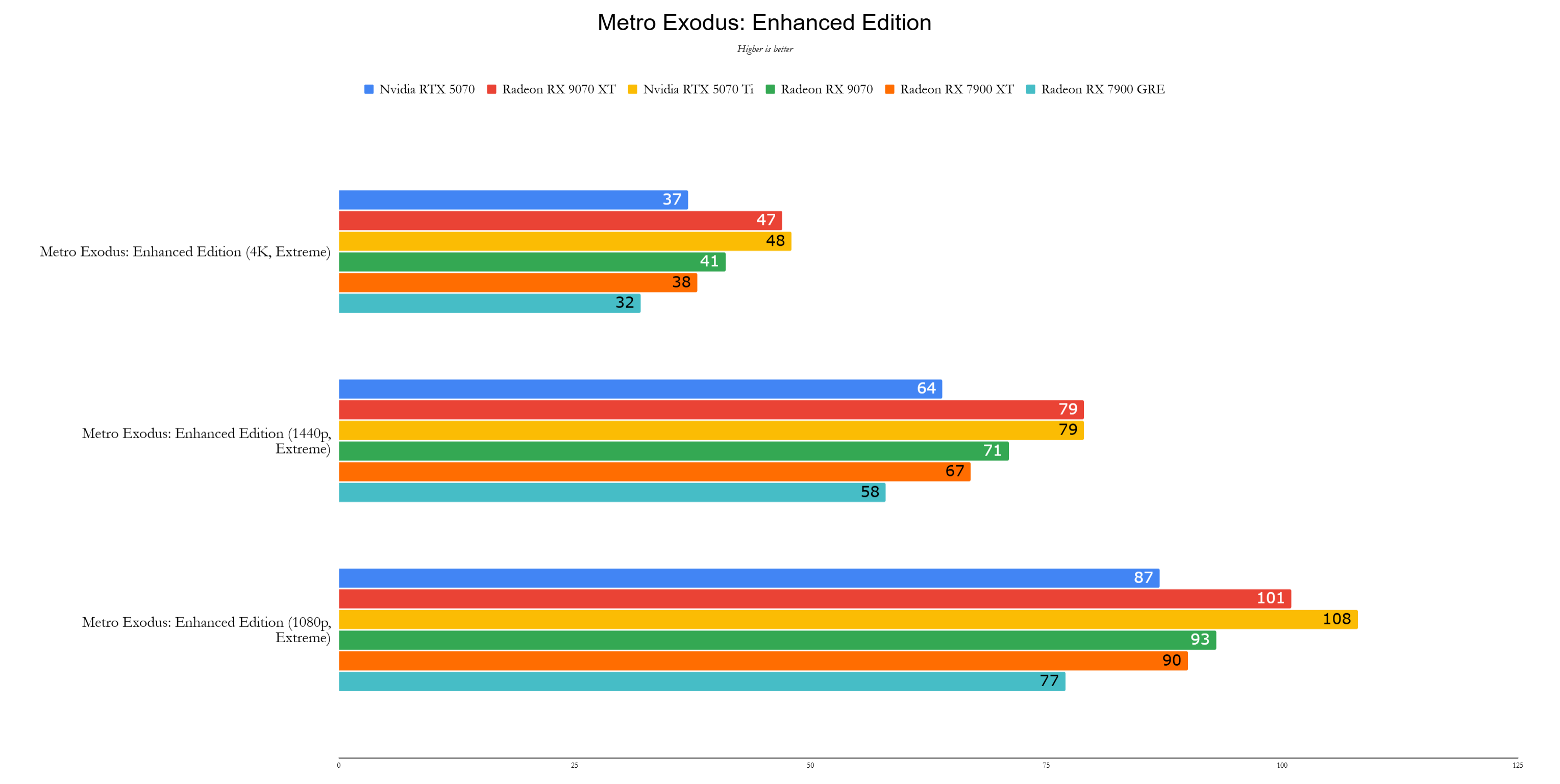
RTX 5070 Ti vs. RX 9070 XT: Performance
Although the GeForce RTX 5070 Ti appears superior on paper, real-world performance tells a different story. Both cards are excellent choices for 4K and top-tier 1440p gaming.
During my review of the AMD Radeon RX 9070 XT, I anticipated it would be close to the RTX 5070 Ti, but expected it to lag in ray-traced games. Surprisingly, even in demanding titles like Cyberpunk 2077, the AMD card remained just a few frames behind the pricier RTX 5070 Ti.
In some games, like Total War: Warhammer 3, the RTX 5070 Ti leads with 87fps at 4K, while the RX 9070 XT achieves 76fps. However, the RX 9070 XT averaged 2% faster overall, a significant achievement given its 21% lower cost.
Winner: AMD Radeon RX 9070 XT
Nvidia GeForce RTX 5070 Ti – Photos
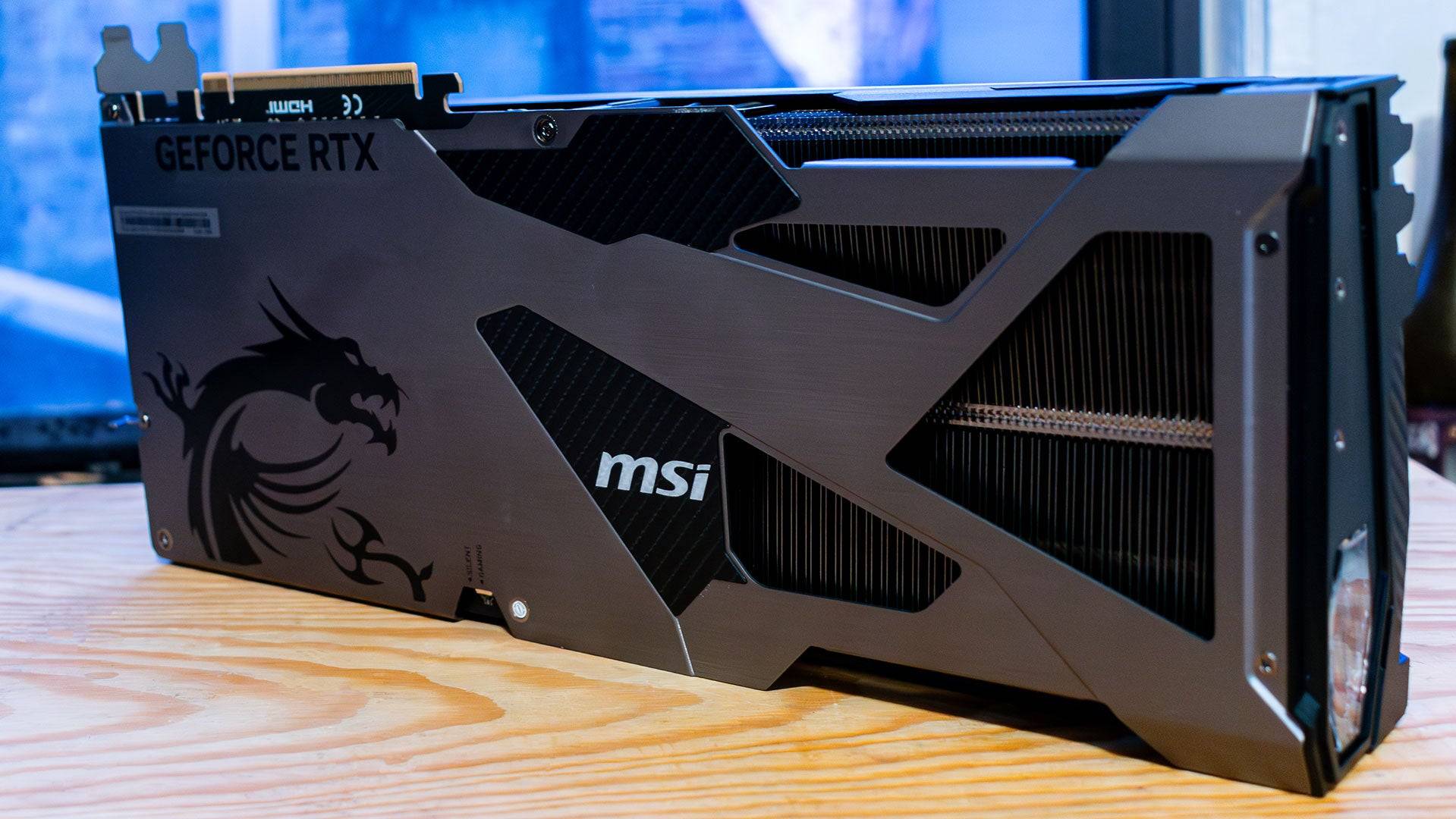
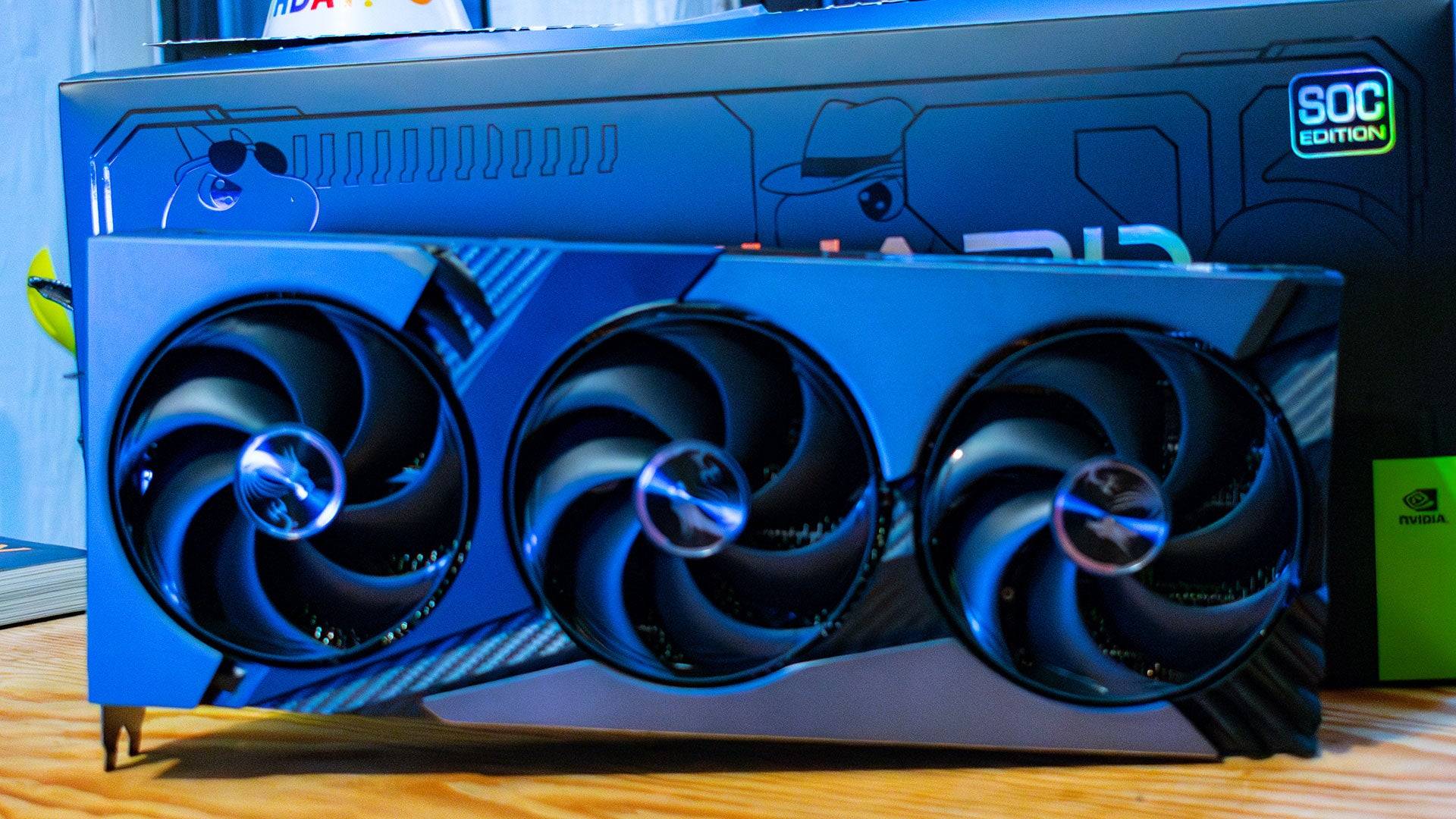 6 Images
6 Images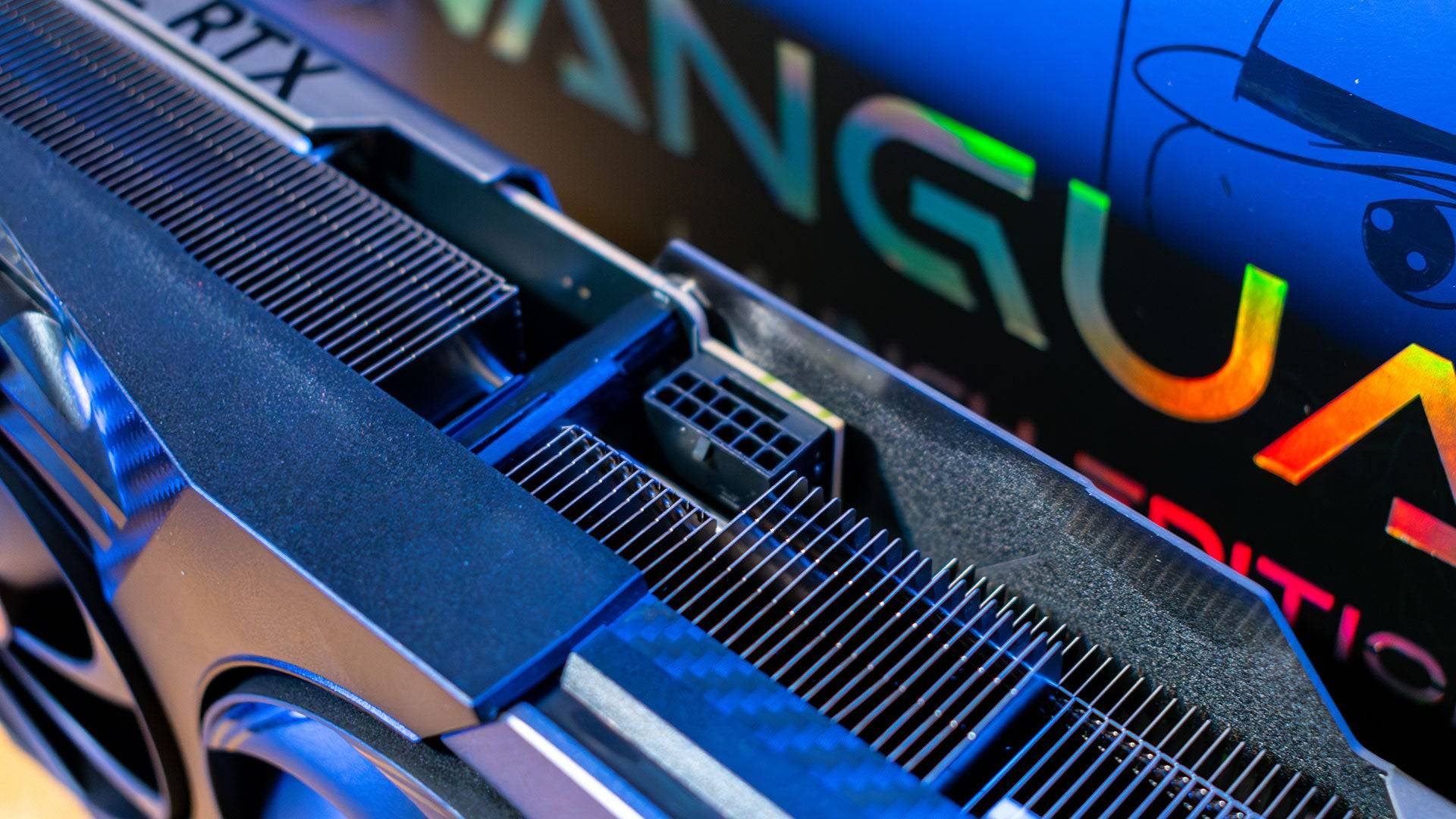
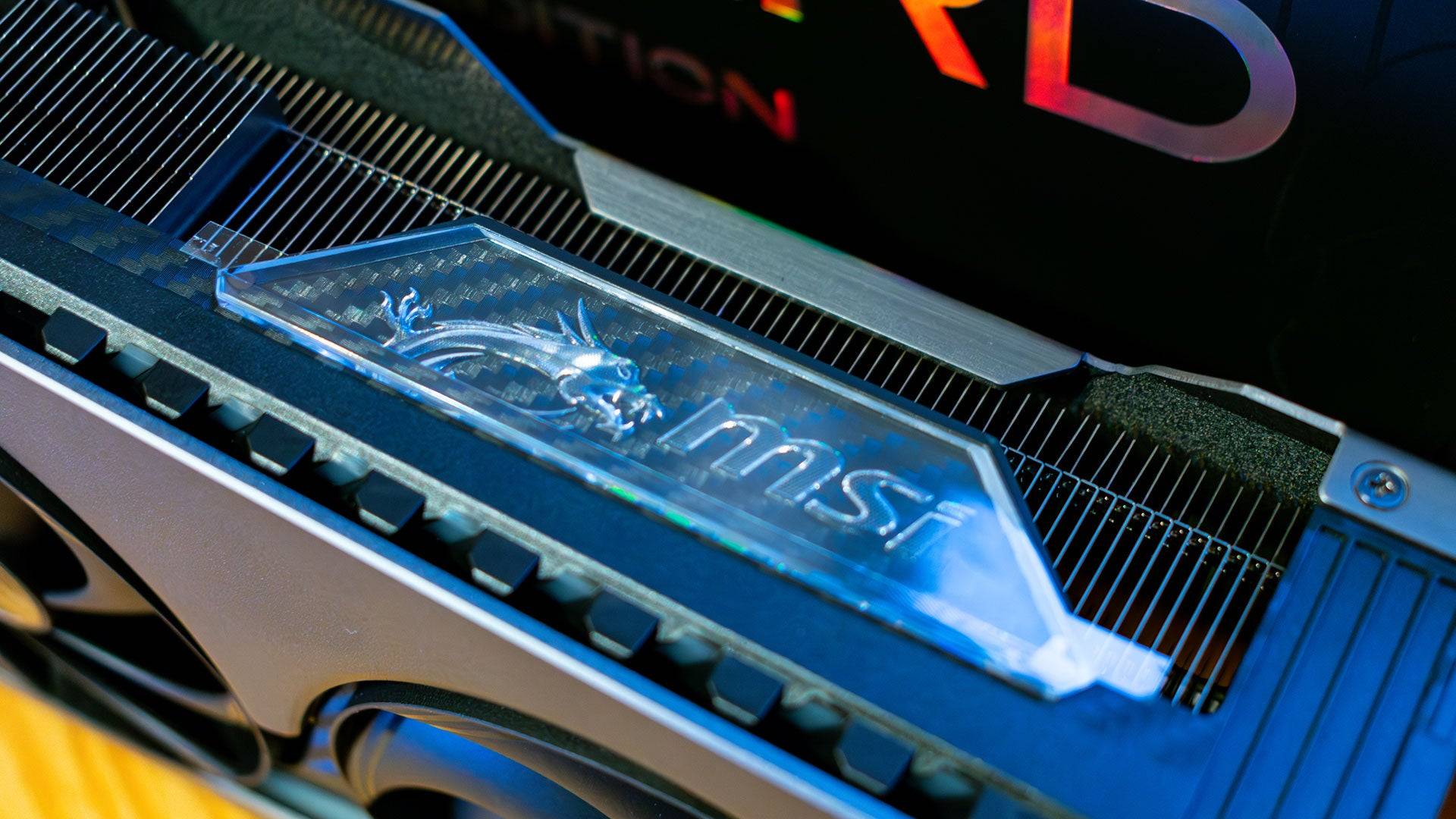
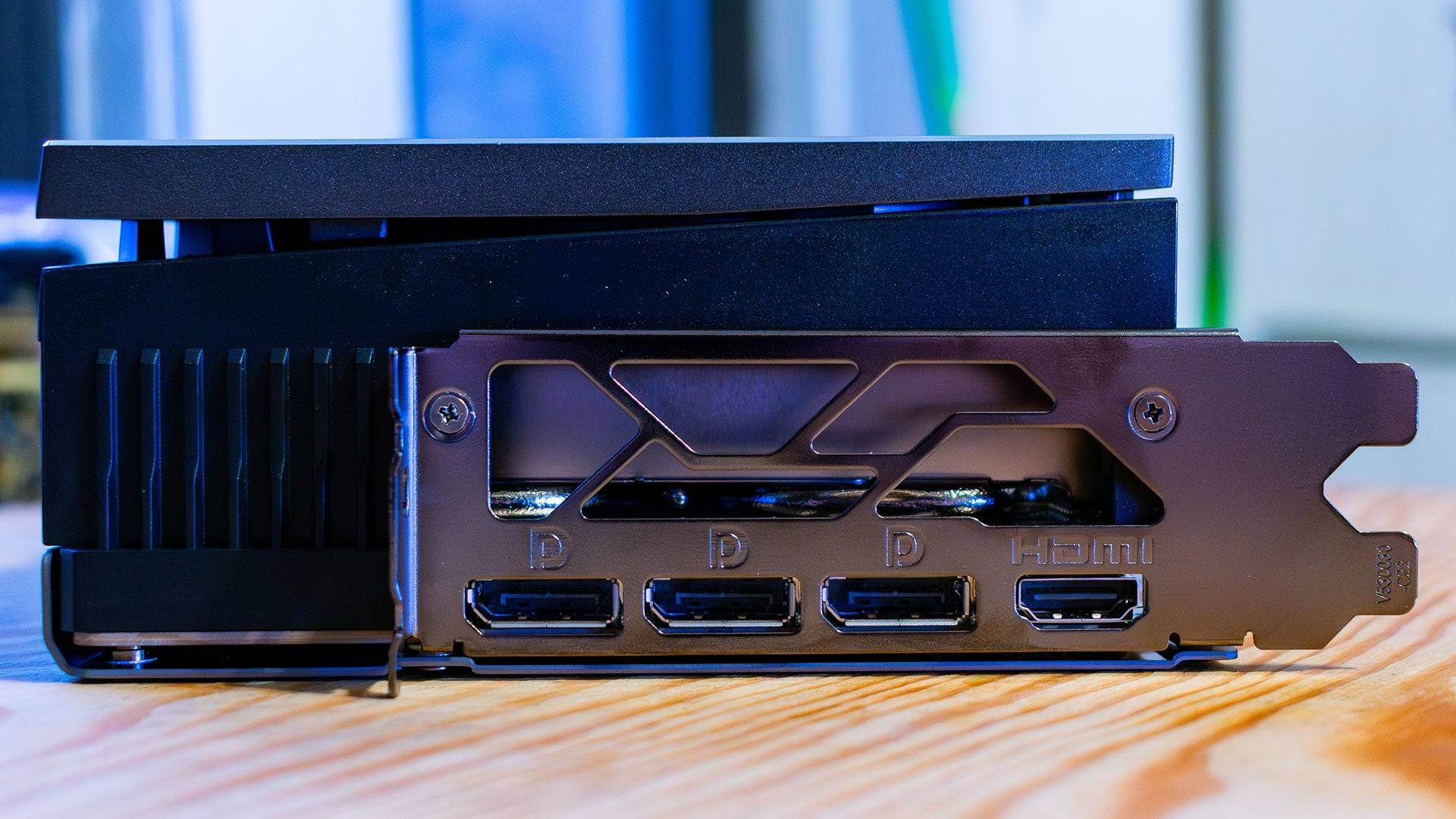

RTX 5070 Ti vs. RX 9070 XT: Software and Features
Choosing a graphics card today involves more than just hardware specs. Both Nvidia and AMD provide extensive software features that enhance the capabilities of their cards.
The Nvidia RTX 5070 Ti's standout feature is its DLSS suite, including AI upscaling and Frame Generation. With DLSS 4, Nvidia introduces multi-frame generation on RTX 5000 series cards, generating three AI frames for each rendered frame. This significantly boosts frame rates, though it introduces a slight latency, mitigated by Nvidia Reflex. However, this feature is best used when you're already achieving at least 45fps, ideally over 60fps.
AMD's Frame Generation produces one interpolated frame per rendered frame, but FSR 4 brings AI upscaling to AMD cards for the first time. Previously, FSR relied on temporal upscaling, which offered good performance but could result in less sharp images. FSR 4 uses the Radeon RX 9070 XT's AI accelerators for machine learning-based upscaling, similar to DLSS since 2018, providing more accurate results, albeit slightly slower than FSR 3.
It's worth noting that FSR 4 is AMD's first foray into AI upscaling, while Nvidia has refined DLSS over seven years.
Winner: Nvidia GeForce RTX 5070 Ti

RTX 5070 Ti vs. RX 9070 XT: Price
Current GPU pricing is a contentious issue, with new generation cards sold out and prices inflated. Both Nvidia and AMD set suggested retail prices, but retailers and third-party manufacturers often set higher prices. Hopefully, prices will fall closer to MSRP as supply meets demand.
At launch, the AMD Radeon RX 9070 XT was priced at $599, making it an outstanding value for a 4K-capable card, especially with the new FSR 4 AI upscaler. This price reflects the traditional launch prices of flagship cards before Nvidia's price increases starting with the RTX 2080 Ti.
In contrast, the Nvidia RTX 5070 Ti, despite similar performance, starts at $749, a $150 premium. While it offers features like Multi-Frame Generation, the value proposition largely depends on your gaming needs and the titles you play.
Winner: AMD Radeon RX 9070 XT
The Winner Is… the AMD Radeon RX 9070 XT
Both the AMD Radeon RX 9070 XT and Nvidia GeForce RTX 5070 Ti excel in 1440p gaming and can handle 4K well. However, the RX 9070 XT's significantly lower price makes it the clear winner, especially if prices return to normal levels.
For those building a high-end gaming PC targeting 1440p or venturing into 4K, the AMD Radeon RX 9070 XT stands out as the best choice. While it lacks multi-frame generation, this feature is less relevant for most users without high-refresh 4K monitors.


 4 Images
4 Images


 11 Images
11 Images




 6 Images
6 Images




 LATEST ARTICLES
LATEST ARTICLES 











